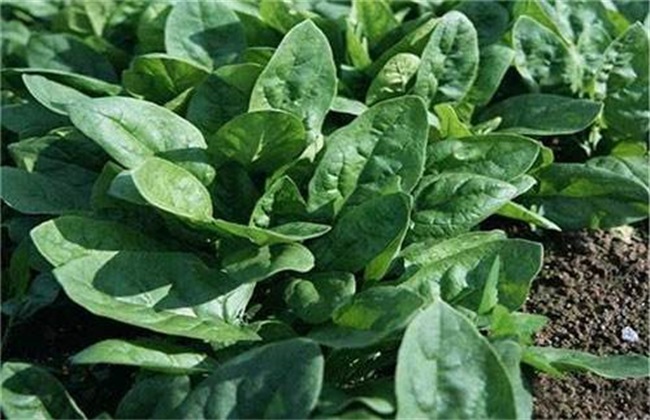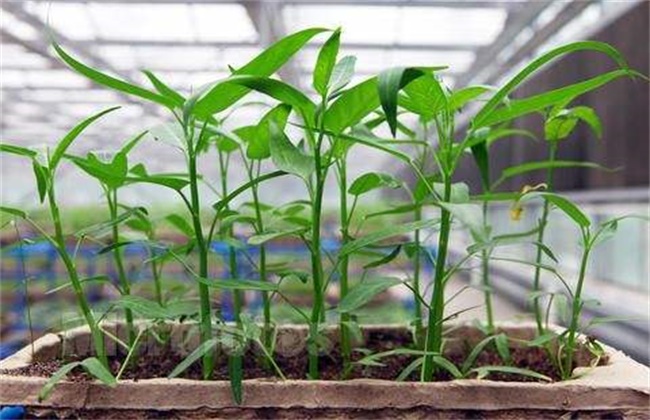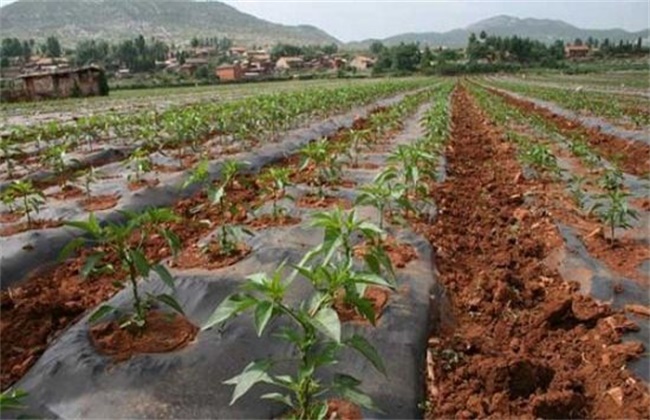Fertilizer requirement characteristics of spinach
Spinach is a very common vegetable in our daily life. There is also a large planting area in our country, and some basic management work is very important when planting spinach. Especially fertilization, rational fertilization is the key measure to provide growth nutrition for spinach. Before we fertilize spinach, we should first fully understand the fertilizer characteristics of spinach. So what are the fertilizer characteristics of spinach? Let's take a look at it.

1. Fertilizer requirement
Spinach is a kind of fast-growing vegetable, the growth period is not very long, but it has a large yield. Therefore, in the spinach growing period, the demand for fertilizer is still relatively large, especially nitrogen fertilizer. Sufficient fertilizer can meet the nutrition needed for spinach growth. Young fruit professional data survey shows that when growing spinach, every 1000 kg of production requires about 2.5kg of pure nitrogen. Among them, potassium chloride has a greater demand, reaching 5.3kg, and finally phosphorus pentoxide, which also needs about 0.9kg.
2. Demand for nitrogen, phosphorus and potassium
According to the type, amount and time of nitrogen fertilizer in the growth of spinach, spinach prefers nitrate nitrogen fertilizer. The amount of nitrate nitrogen is about one cup higher than that of ammonium nitrogen. Can not but ammonium nitrogen, otherwise spinach will affect the absorption of phosphorus and potassium fertilizer, resulting in growth hindrance. Also can not but nitrate nitrogen, even though nitrate nitrogen can ensure the growth of spinach, but spinach will consume a lot of energy during reduction. And if the light is not enough, it will also inhibit the absorption of nitrate nitrogen by spinach, resulting in too little nitrogen supply.
The application of phosphate fertilizer basically did not affect the nitrate content of spinach, but it could appropriately reduce the nitrate content when increasing spinach yield. Potassium can inhibit nitrate reduction, and increasing the amount of potassium fertilizer can increase the content and yield of nitrate in spinach. However, when potassium chloride is applied, the content of nitrate in spinach is lower than that of potassium sulfate. If the content of available phosphorus in the soil is high, it is very beneficial to the yield of spinach. Therefore, proper application of phosphorus and potassium fertilizer can effectively increase the yield of spinach.
3. Trace elements
When applying nitrogen, phosphorus and potassium, we should also pay attention to the supplement of trace elements in spinach. Although trace elements such as sodium, calcium and magnesium will not affect the content of nitrate in spinach. However, proper application of lime can not only reduce the content of nitrate in spinach, but also increase the yield of spinach. If there is a lack of molybdenum in the soil, the proper application of molybdenum fertilizer can effectively reduce the content of nitric acid. And if there is a lack of elements such as manganese and copper, it will affect the yield of spinach and lead to an increase in nitrate content.
The above is a brief introduction to the fertilizer characteristics of spinach. That's all for today's introduction. This article is for reference only. I hope it can help you all.
Related
- Where is it suitable to grow horseradish in China? it is expected to see the middle altitude horseradish in Alishan.
- How to prevent tomato virus disease reasonably? (Control methods included)
- Many people like to plant towel gourd on the balcony. What are the main points of this method and management?
- What crops can chili peppers be mixed with?
- Fertilization techniques and matters needing attention in Tomato
- What are the grafting techniques for peach seedlings in spring?
- Harm and control methods of root swelling disease of Chinese cabbage
- What are the pests of sweet potatoes? How to prevent and cure it?
- Symptoms, causes and Control methods of navel Rot in Tomato
- The cause of "Cucumber rotten bibcock" in Farmers' planting Cucumber and its Control Plan



